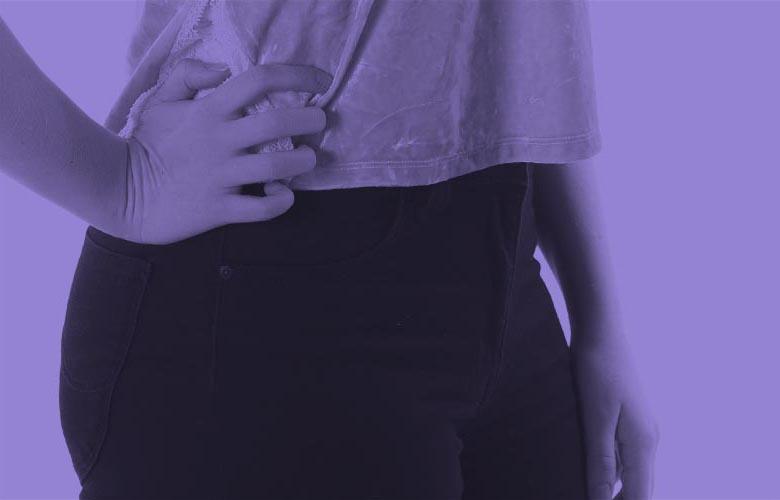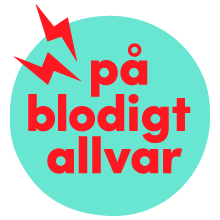Few can say that they know all about the different disorders, diseases and tricky acronyms related to menstruation. Here we will cover some of the most common ones that are good to know about. You will also find suggestions on how to proceed if you recognize the symptoms.

Endometriosis
Endometriosis is a painful disorder in which tissue that normally lines inside of the uterus - the endometrium - grows outside of the uterus. During menstruation this tissue will break down and bleed just as the tissue on the inside of the uterus. The tissue on the outside can be like small bumps but also bigger cysts. When the menstruation starts the body tries to expulse the endometriosis and this can lead to an inflammation that causes more pain. Endometriosis is common, one in ten people who menstruate suffers from it.
Help - what can I do?
If are in such menstrual pain that you cannot live a normal life, it's a good idea to go and have it checked up. The treatment is hormones and/or painkillers.

Myomas
Myomas are benign tumors, consisting of muscle tissue, that grow inside or outside of the uterus. One third of menstruating people over 30 year old have myomas. You can have myomas without knowing it, but you may also have myomas with symptoms. The most common symptoms are heavy bleedings that may longer than they should.
Help - what can I do?
The treatment can be with hormones or other pharmaceuticals. Sometimes the myoma has to be removed with surgery if it is causing a lot of problems. There are several different ways to remove the myomas, ask for a second opinion from another gynecologist if you feel that you are not sure which one is the best for you!

PCOS
PCOS, or Polycystic Ovarian Syndrome, means that you have ovarian cysts, small fluid-filled sacs on one or both of your ovaries and at the samte time high levels of testosterone in your body. PCOS might lead to fewer menstruation periods, acne, unwanted body hair, weight gain or difficulty becoming pregnant. You can have PCOS without having any symptoms.
Help - what can i do?
If you menstruate less than four times per year and have any of the above-mentioned symptoms, it's a good idea to go and see a gynecologist or a doctor. The treatment is often hormones, depending on what symptoms you have.

PMDD and heavy PMS
PMS means Premenstrual syndrome and affects a person's emotions and physical health before and during menstruation. This can, for example, result in feelings of anxiety, quick mood changes, fatigue, trouble sleeping, tender breasts or headache, swelling of the body or light depression. One can also experience more hunger than usual and get a craving for sweets.
PMDD means Premenstrual dysphoric syndrome and is a severe form of PMS. The symptoms usually start a couple of days before menstruation, sometimes during ovulation, until the bleeding starts. It can also continue during the first days of menstruation.
Help - what can I do?
If you think you recognize the symptoms and they interfere with your ability to function in your everyday life, it's a good idea to talk to someone about it. The treatment differs depending on what works best for you. Relaxation, exercise or rest can all work for different people. You may be prescribed drugs that can help you. It may be contraceptives, diuretics, or antidepressants. Cognitive behavioural therapy, CBT, or other forms of therapies may be helpful.

Heavy bleedings
When the menstruation is longer or richer than normal and your body is affected more than it should be, it's called heavy bleeding. You have have these if your bleedings last for more than 7 days, if you need to change your hygiene products very often during the day or a few times during the night or if you need several products at once. Heavy bleeding can make you tired since your blood count may decrease.
Help / what can I do?
Usually, the treatment is contraceptives but other medicines may also be helpful.
